Digiscoping Flying Buzzards
Digiscoping flying birds is not exactly the easiest of things, but it has an appeal for a good deal of digiscopers. Having spent time trying to take digiscoped photos of birds in the heat of the day at massive distances, most people slowly come to the realisation that one has to get really close to birds to want to get good images of them – regardless of whether using digiscoping or traditional telephoto lens photography. And after having seen some success with bird portraits, many digiscopers – particularly those using DSLR cameras – start to try to capture action shots; be they of birds moving or doing something from one spot, or flying.
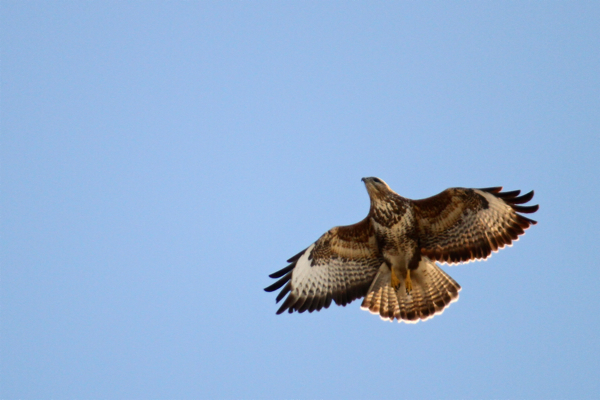
None of these images are particularly good, but I think of them more like an afternoon on the driving range. Practice, practice, practice. The key to good digiscoping.
But digiscoping flying birds takes practice. Think of it like successfully using a driver in golf. Or bowling a swinging yorker in cricket. These are not things that you are likely to get right on your first attempt. And you need to practice them often to be able to reproduce it when you really need to.
I have a weak spot for flying buzzards. Partly because they are really cool, and I find their variability incredibly challenging and wonderfully interesting. But I also really like digiscoping flying buzzards because the Common Buzzard (Buteo buteo) is fairly common in the Tyrolean Alps where I live and because of their lazy flying style, they make for perfect subjects to practice settings and tracking focus.
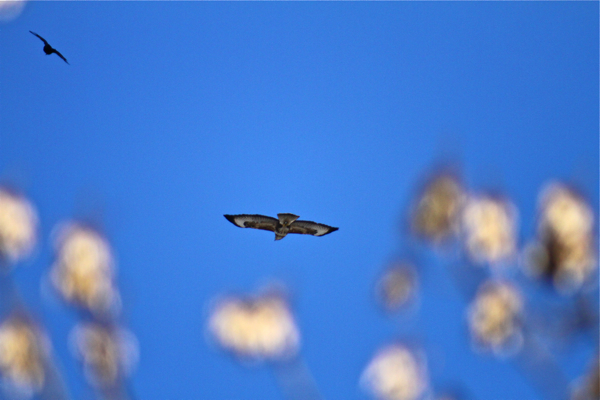 In March I got wind of a Pine Bunting (Emberiza leucocephalos) that had been seen nearby – a mega for the area. So we raced off to the area to study every single Yellowhammer about on that hillside. Alas, that was to no avail, but I did get some wonderful fly-bys by three Common Buzzards. And it was yet another wonderful opportunity to practice flying bird digiscoping.
In March I got wind of a Pine Bunting (Emberiza leucocephalos) that had been seen nearby – a mega for the area. So we raced off to the area to study every single Yellowhammer about on that hillside. Alas, that was to no avail, but I did get some wonderful fly-bys by three Common Buzzards. And it was yet another wonderful opportunity to practice flying bird digiscoping.
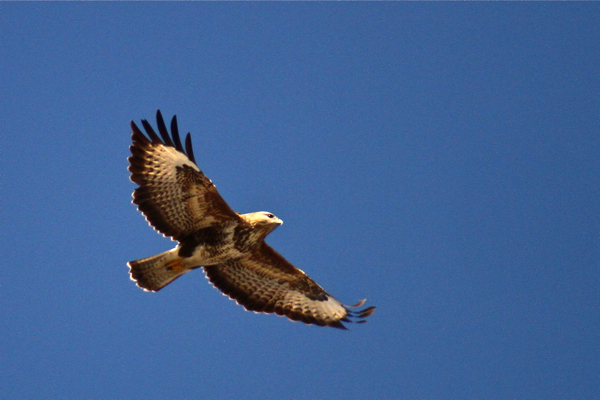 Besides Buzzards / Red-tailed Hawks, large gulls can also make for fantastic practice subjects so that the day that something really rare or fantastic flies passed your neck of the woods, you will be prepared to get the critical shots.
Besides Buzzards / Red-tailed Hawks, large gulls can also make for fantastic practice subjects so that the day that something really rare or fantastic flies passed your neck of the woods, you will be prepared to get the critical shots.
All images taken with a Swarovski Optik STM80 HD spotting scope, TLS800 and Canon 7D

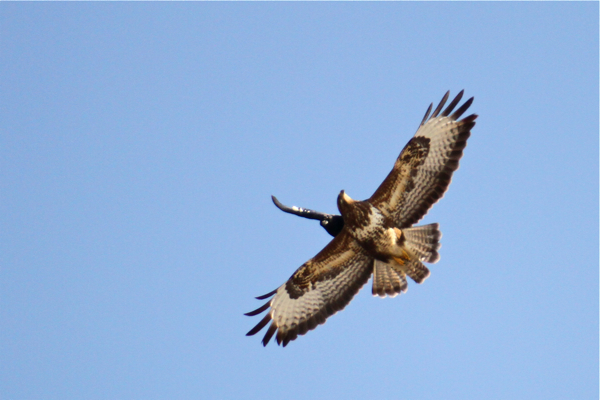
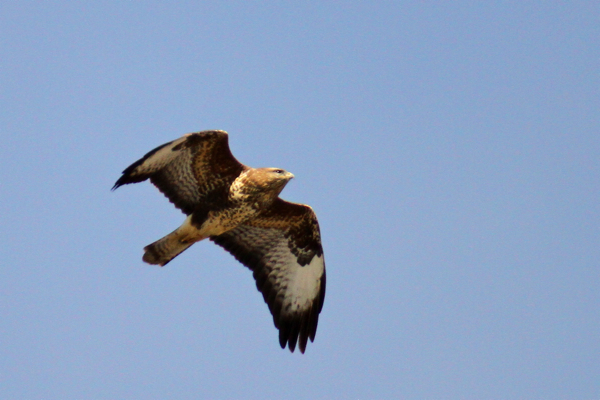
Look at those wings. Majestic!
Look at those wings. Majestic!
Look at those wings. Majestic!